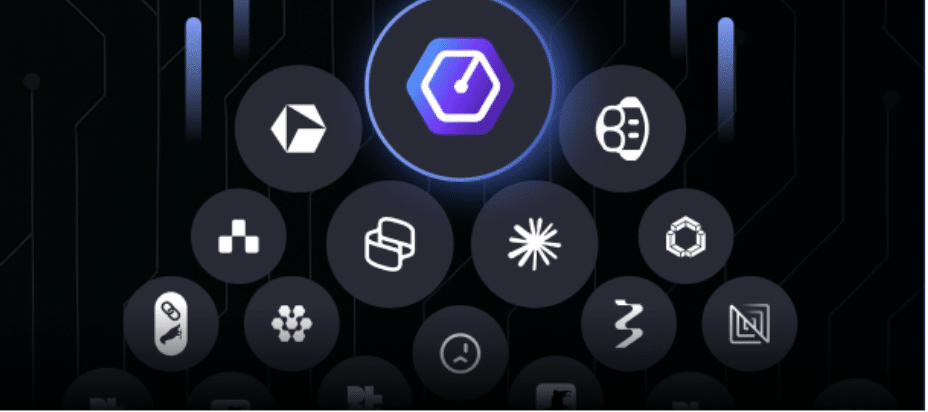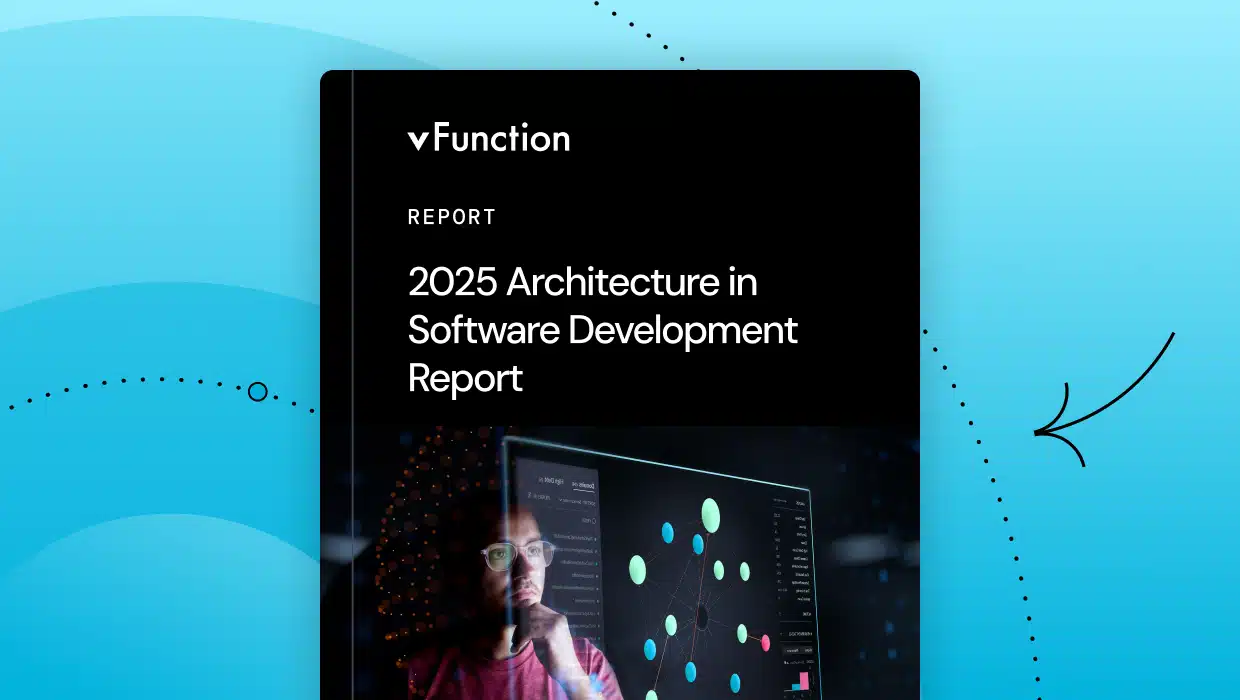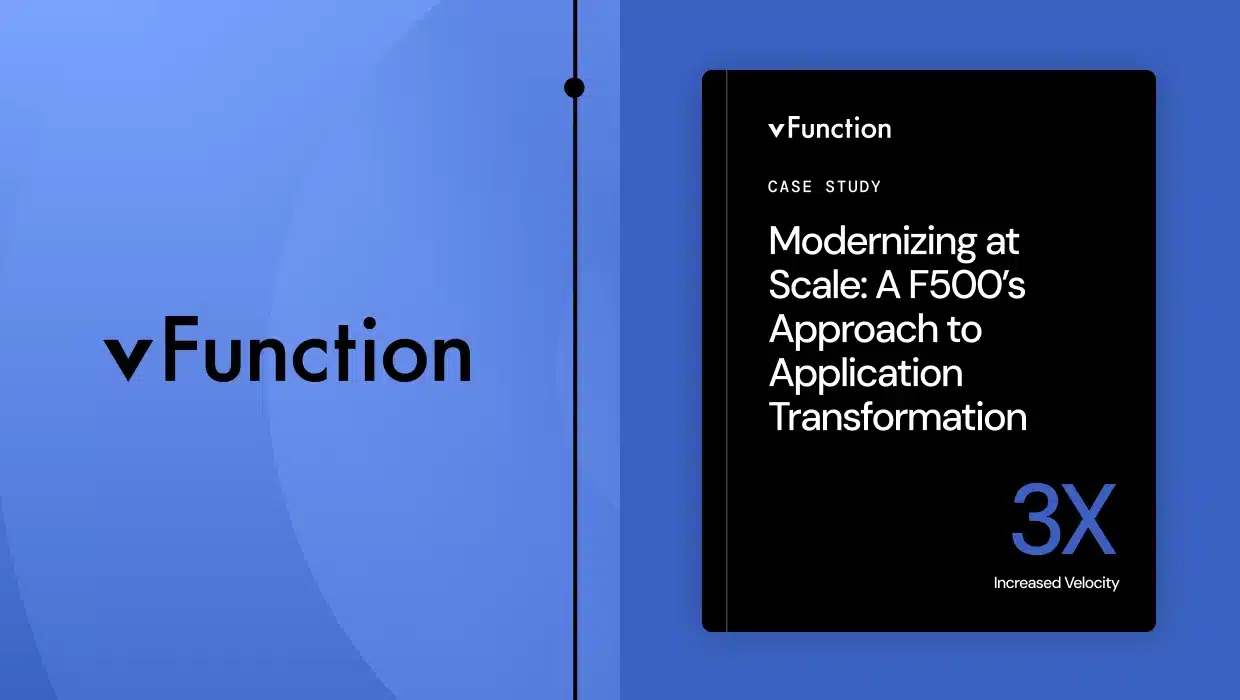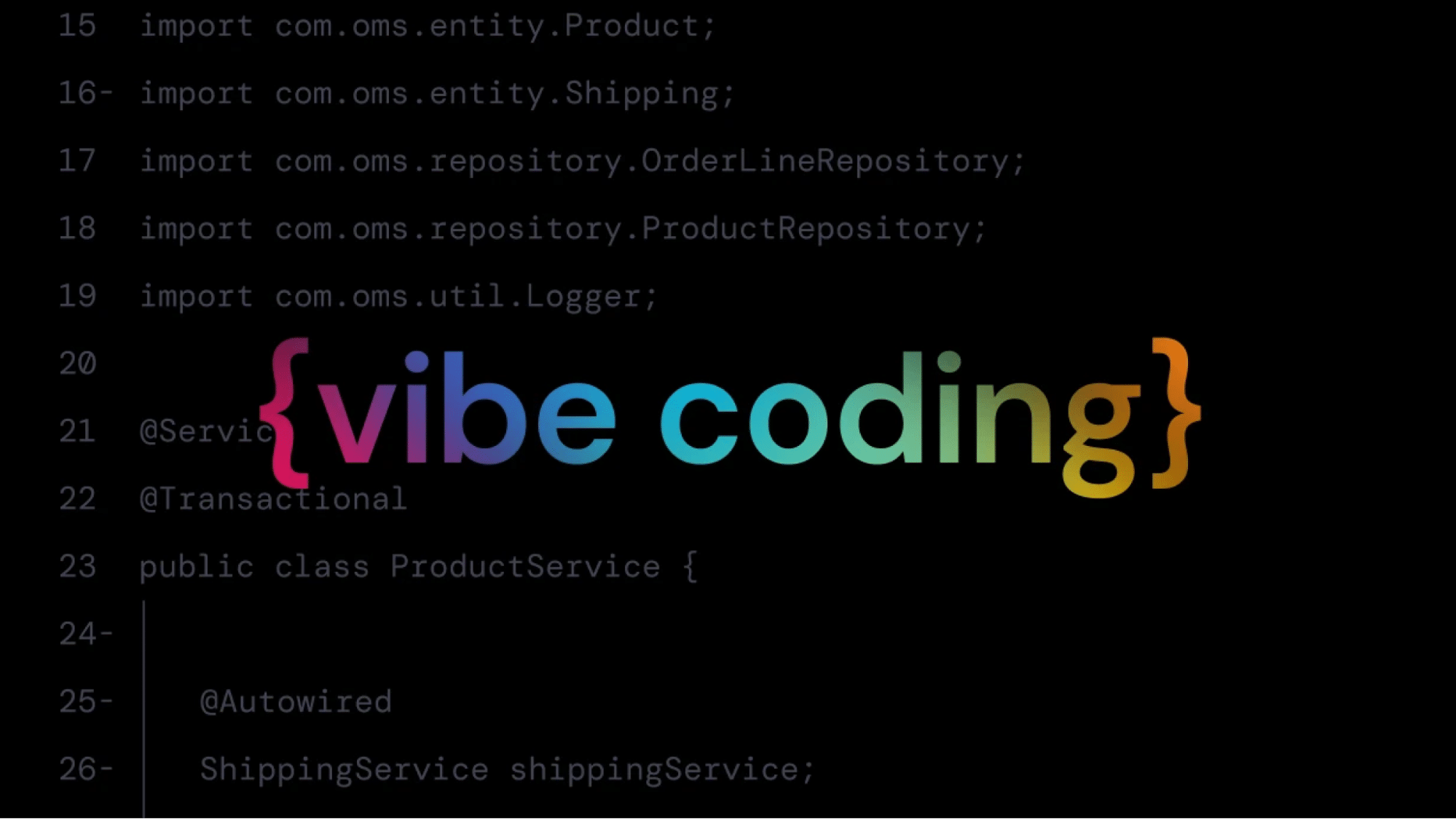Every company is suddenly in a race to “do AI.” Boards are asking CIOs for an “AI strategy,” as if it’s a checkbox after “move to the cloud” and “adopt Kubernetes.”
And now, it’s agents. The agents are coming.
Cursor 2.0 is here, built entirely around AI agents. Microsoft just turned Copilot into a full suite of agents that can build apps, automate workflows, and even communicate with each other. AWS has rolled out Bedrock Agents, allowing developers to create custom agents that connect directly to enterprise data and APIs.
It’s no wonder executives are convinced autonomous AI agents are about to take over software development, customer support, and operations. Every vendor pitch promises that agents will connect your systems, optimize your workflows, and reduce your spend. When you have a shiny new hammer, everything looks like a nail.But here’s the problem: You can’t deploy autonomous anything on top of a monolithic, spaghetti-coded, overly complex architecture. Without ensuring scalability, limiting the attack surface, and exposing APIs an agent can understand, you’re setting yourself up for failure.
The ATM moment: How easier access changed usage patterns

Before internet banking, no one checked their balance every day. You’d go to an ATM, maybe once a week, and see how much money you had. Then came online banking, mobile apps, instant notifications—and suddenly, everyone checks their balance daily.
No one predicted that behavior. But once access was made easy, usage exploded.
The same thing may happen with AI. Once systems ask for information and actions become even more accessible, usage will increase. You won’t know which workflows will go from “occasional” to “continuous,” and which data the AI will fetch—or why.
Which means: You better be ready to scale.
If your systems can’t handle new usage patterns, if they’re built on synchronous chains of fragile calls, circular dependencies, and lack bounded context and elastic scale, your “AI transformation” will end in throttling errors and outages.
When behavior changes faster than you forecast, architectural modernization isn’t just needed for agility—it’s required for survival.
One MCP tool to rule them all
Here’s another challenge: AI systems need access to data to be useful. But every new access path is a new attack surface.
If you add AI by exposing an API as an MCP tool that can reach every other domain in your system, congratulations! You’ve just created the most dangerous API your company has ever deployed and lost control of your attack surface.
Architectural modernization enforces boundaries. It’s what allows you to say, this agent can access this context and nothing else. Without modularization, clear service boundaries, and proper observability, your AI layer becomes a single, juicy entry point for everything you own.AI will force companies to take least-privilege architecture seriously. Not just for people—but for machines.
The emperor has no API
The dirty secret behind “AI transformation” is that it’s not about AI. It’s about architecture.

An AI agent, like an employee, needs to be set up for success. In a clear and defined way, it must:
- Observe: access data and events
- Reason: understand context about your business logic and systems
- Executie: call well-defined APIs or services
Many applications are not ready for this. Their data is all over the place, accessed in too many ways to count. Their business logic lives inside a Java class that depends on every other class in the project. Their execution path is a tangle of undocumented dependencies.
If you give an AI agent access to that world and it won’t transform your company—it’ll just sit there confused. Or worse, it’ll start automating what you don’t want automated.
Before AI transformation, there’s architectural modernization
Before you can invite AI into your systems, you need to make those systems intelligible and controllable. That is what architectural modernization is.
Modernization means:
- Decomposing monoliths into modular, observable domains
- Extracting and documenting domain logic
- Exposing APIs and events cleanly
- Building a software architecture that a human can understand—so an agent has a chance
- Securing each service boundary so access and visibility are explicit and auditable
If your systems are well-architected, agents will thrive. They’ll plug into your event streams, read from your APIs, and automate meaningful work.
If they are not—you’ll be stuck building wrappers around wrappers and calling it “AI integration.”
The future belongs to companies that can be read
Think of AI agents as developers.

If your codebase is clear, modular, and documented, developers can navigate it—the same goes for agents. If it’s a pile of technical debt held together by tribal knowledge, good luck on both fronts!Your company’s “AI-readiness” is really your architectural readability.
And that’s not something you can fake with a pilot project or a prompt engineer. It comes from years of architectural hygiene—or from biting the bullet and modernizing. Now.
Who you gonna call
Agents are coming. That’s a good thing. They’ll change how we consume, build, maintain, and operate software. But they’re not miracle workers.
If your architecture isn’t ready, the agents won’t save you—they will expose you. They’ll show exactly how tangled your systems are, how little visibility you have, and the fragility of your how integrations.
Before you rush to hire your first “AI Transformation Lead,” maybe look for a platform that can untangle your architecture. Like vFunction 🙂







